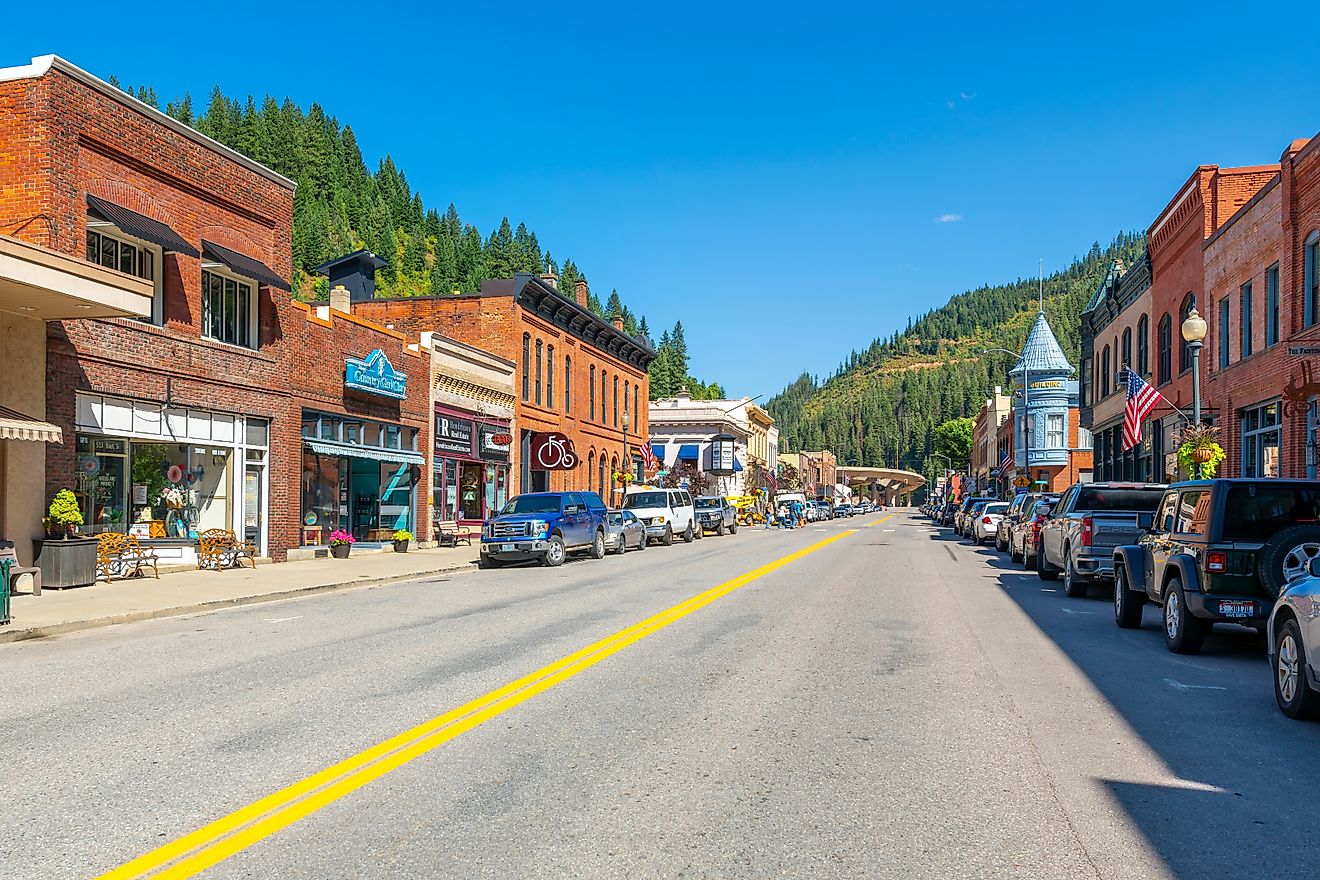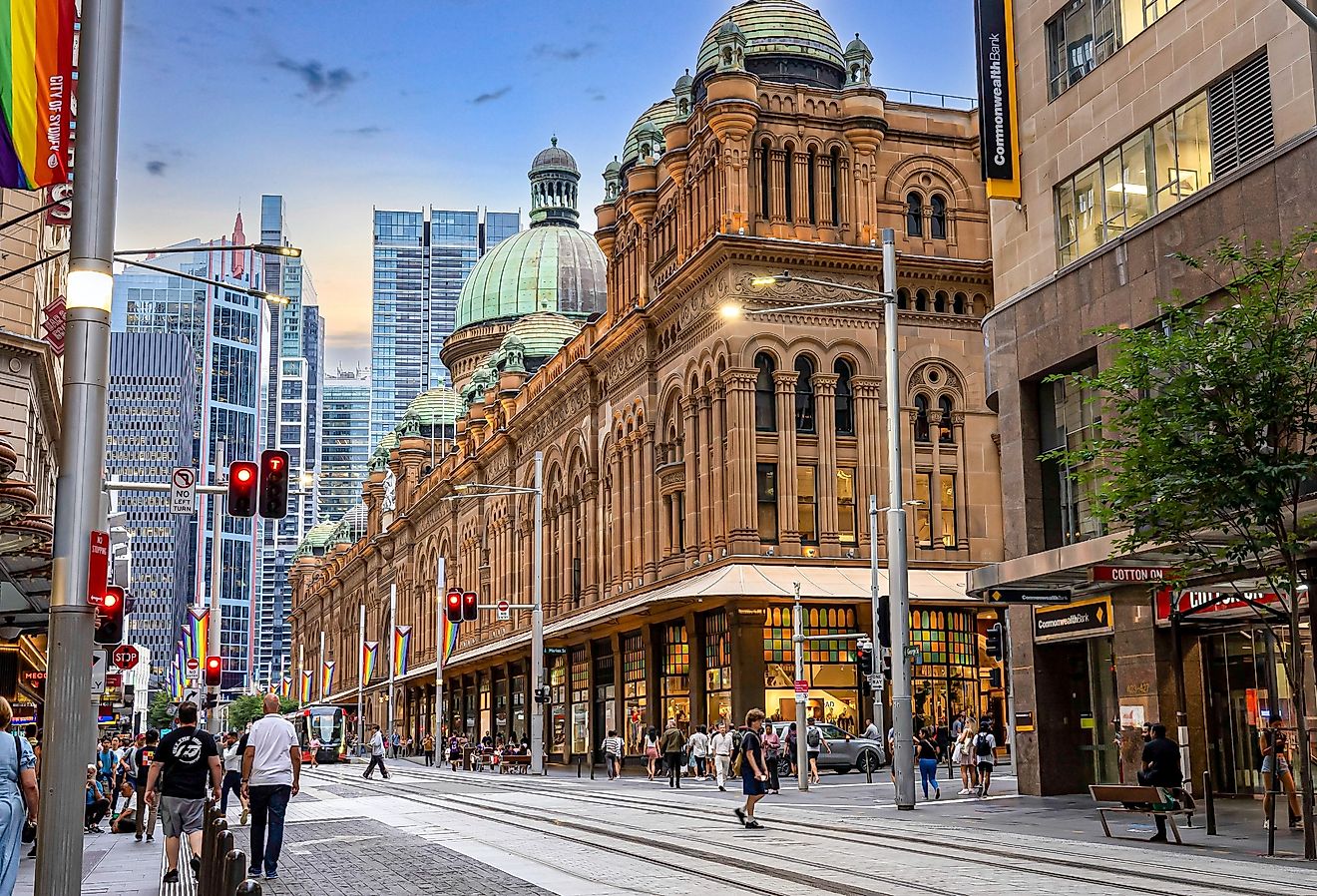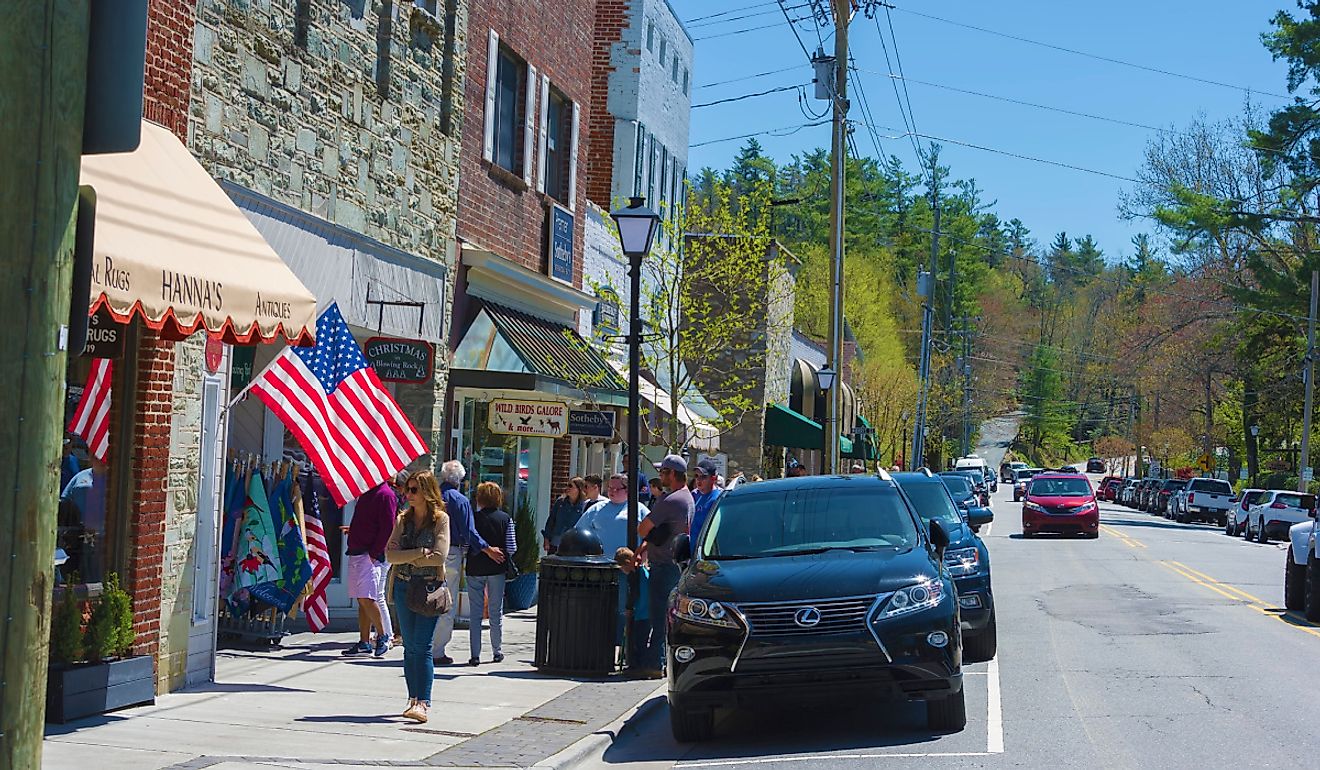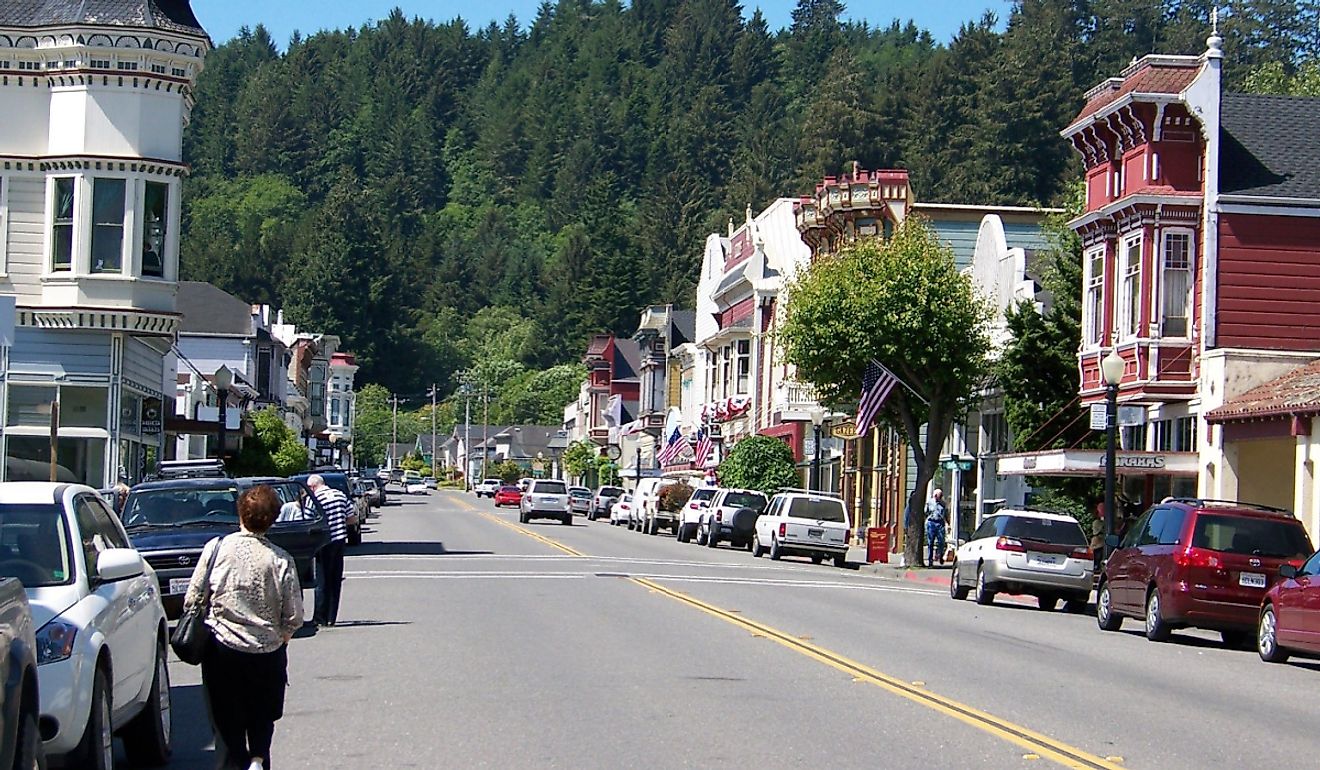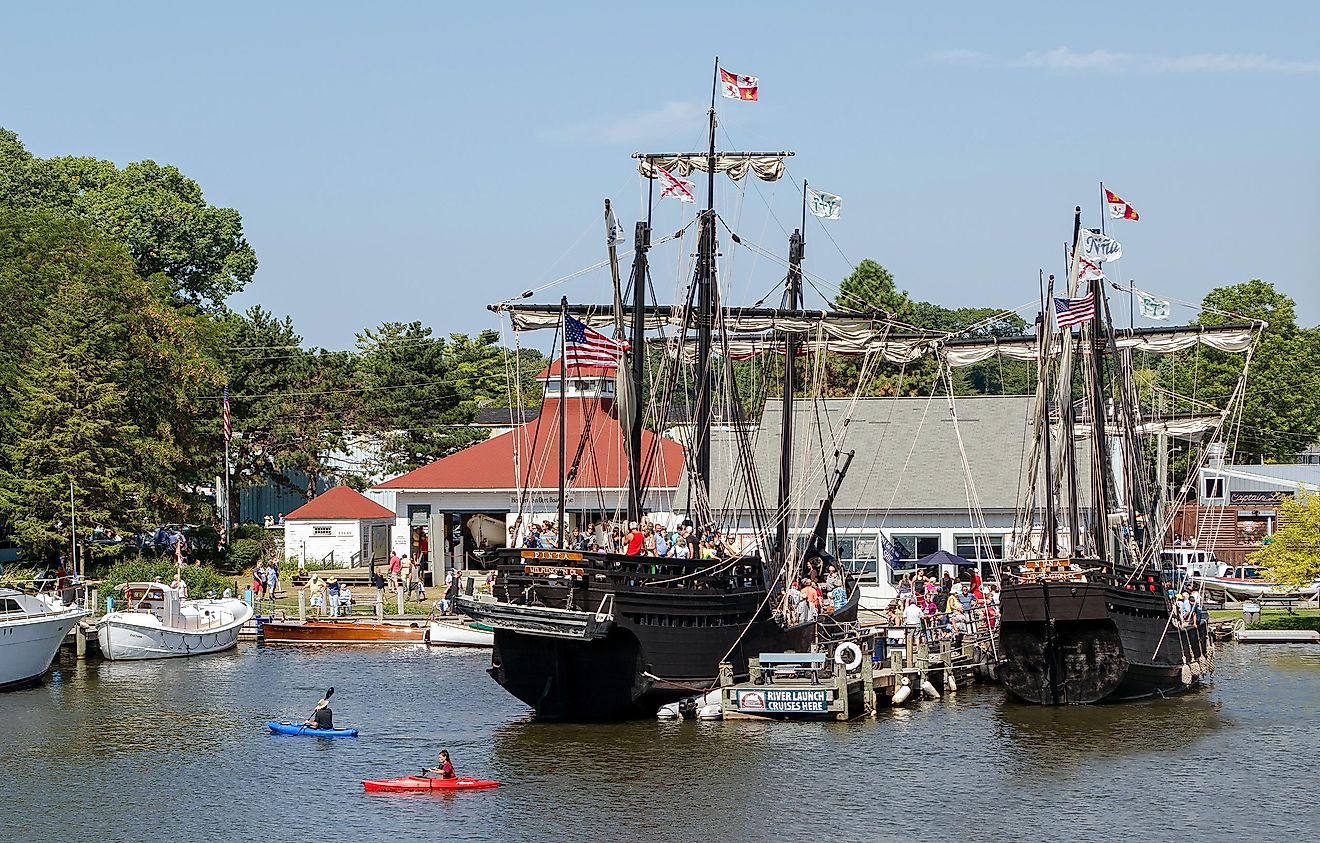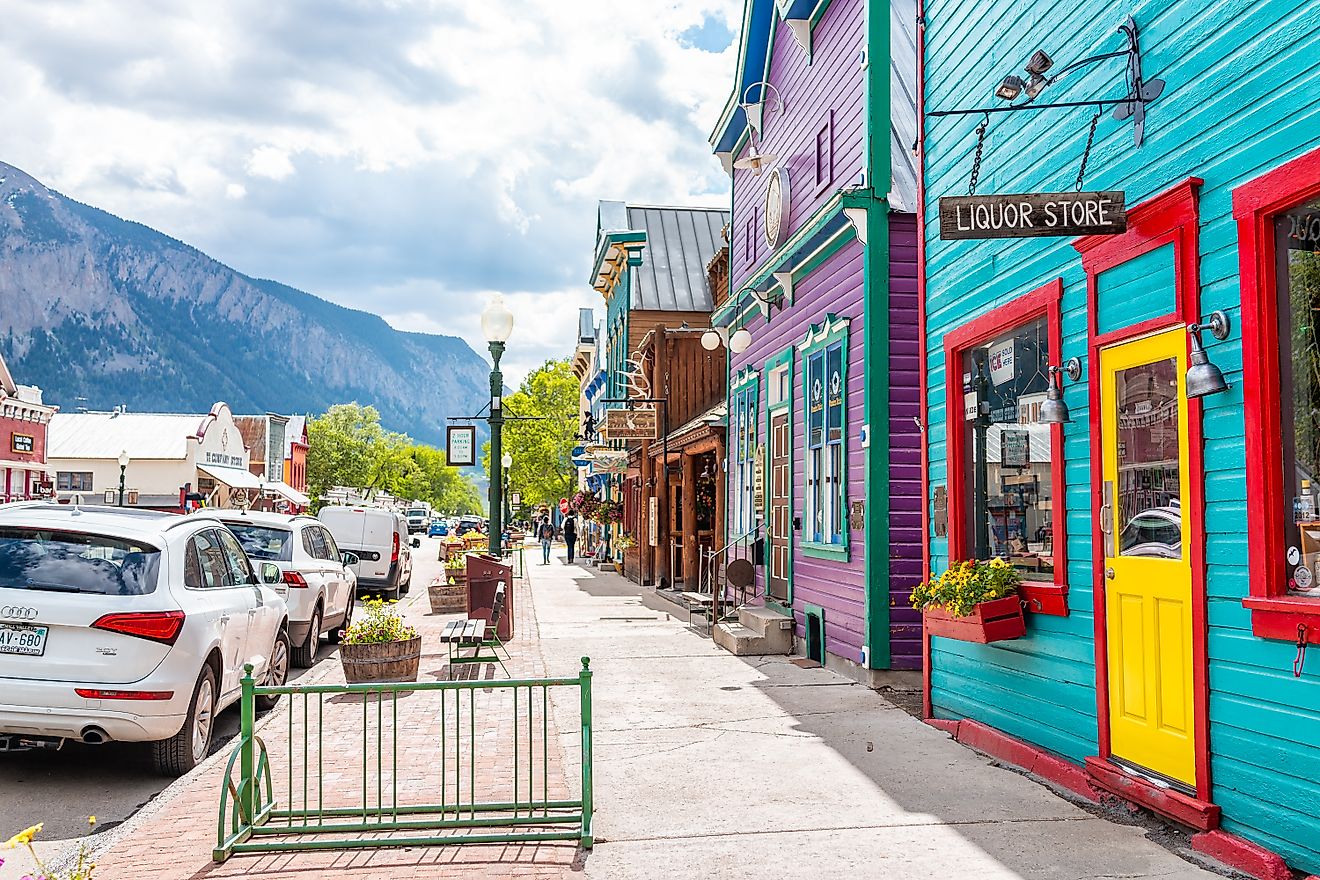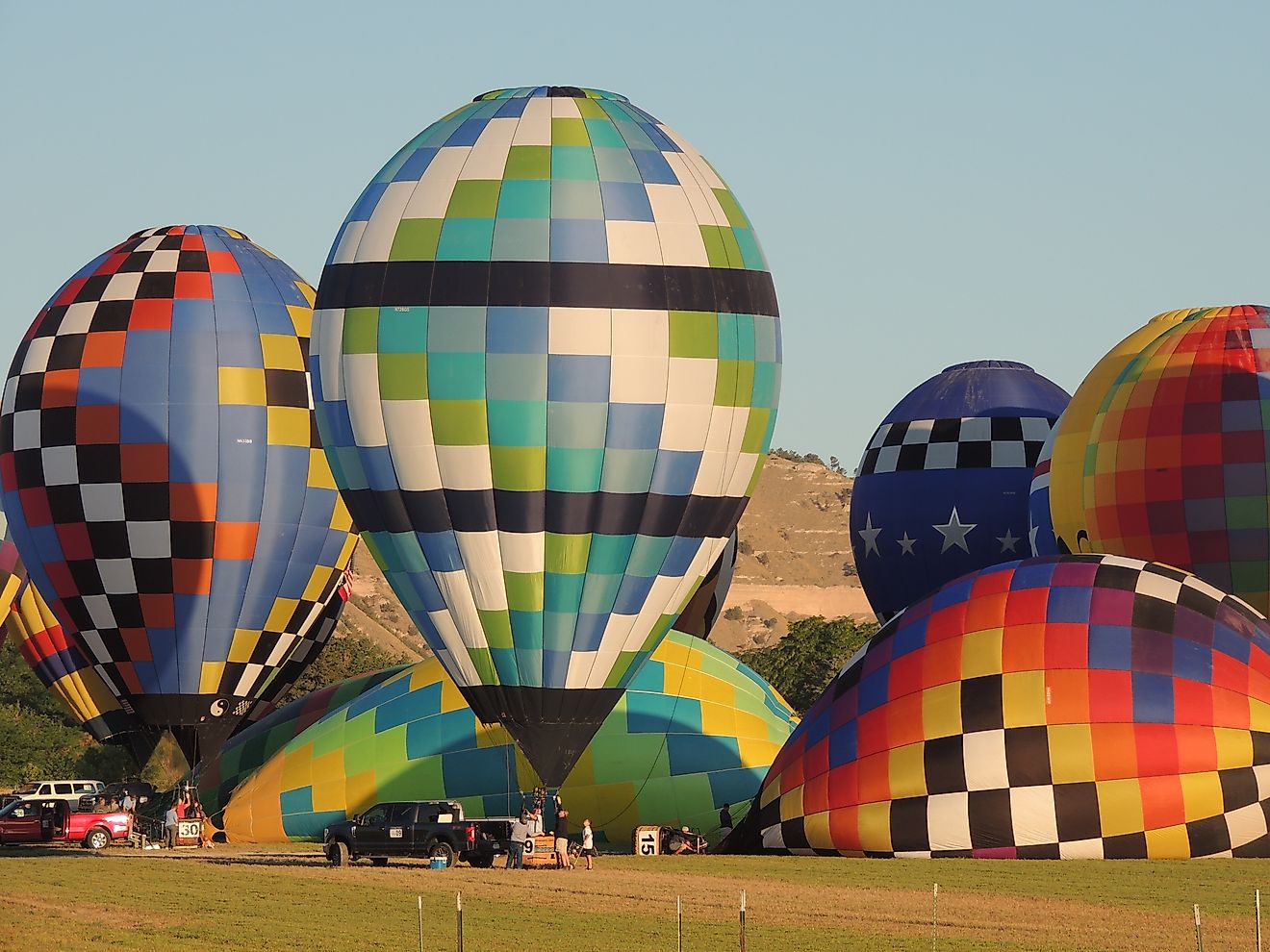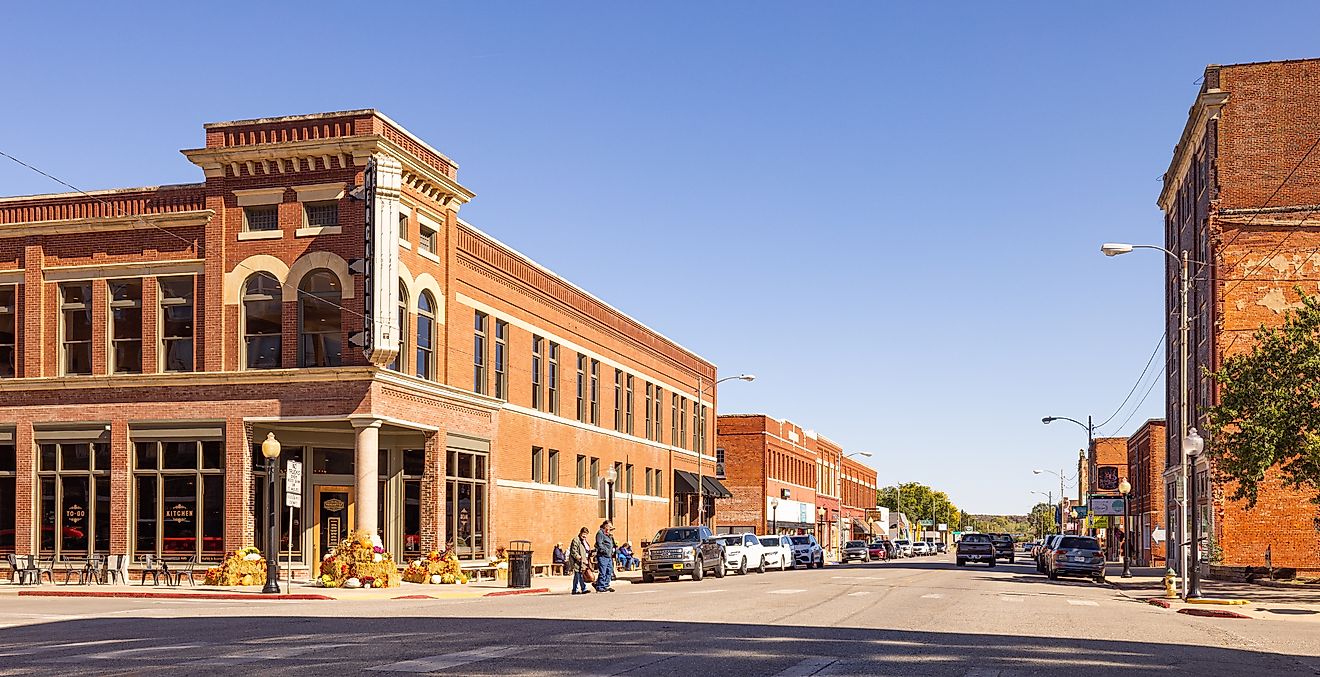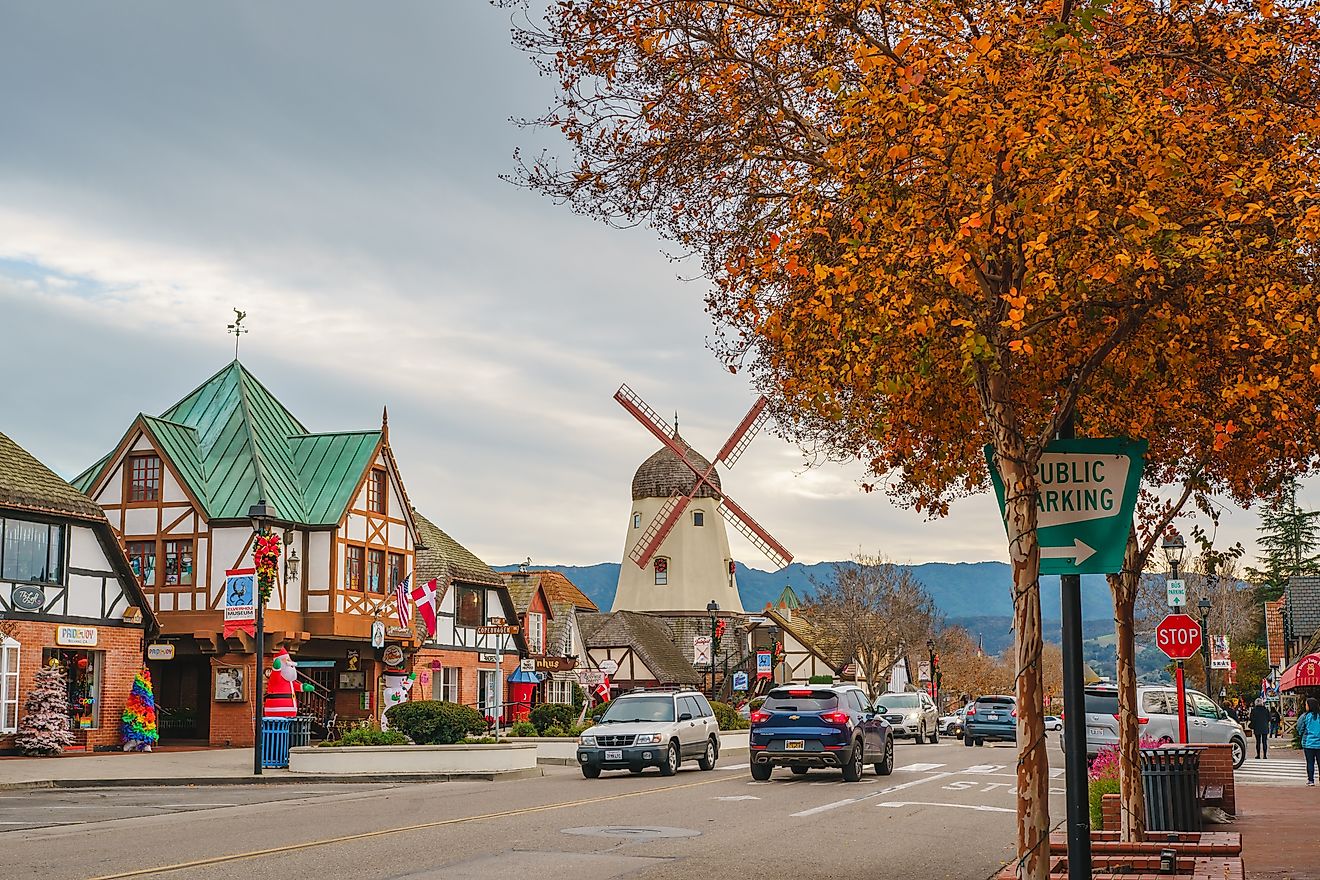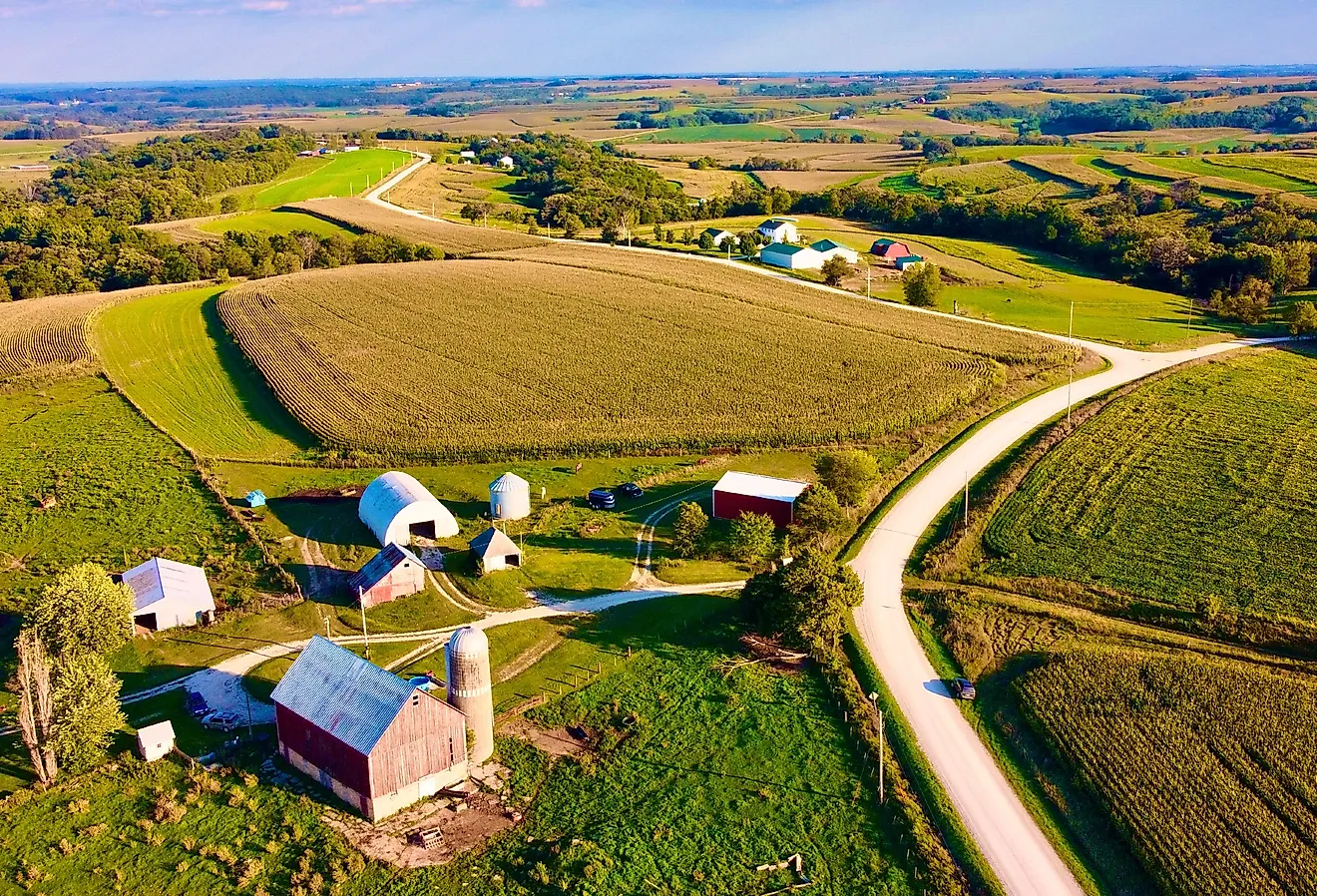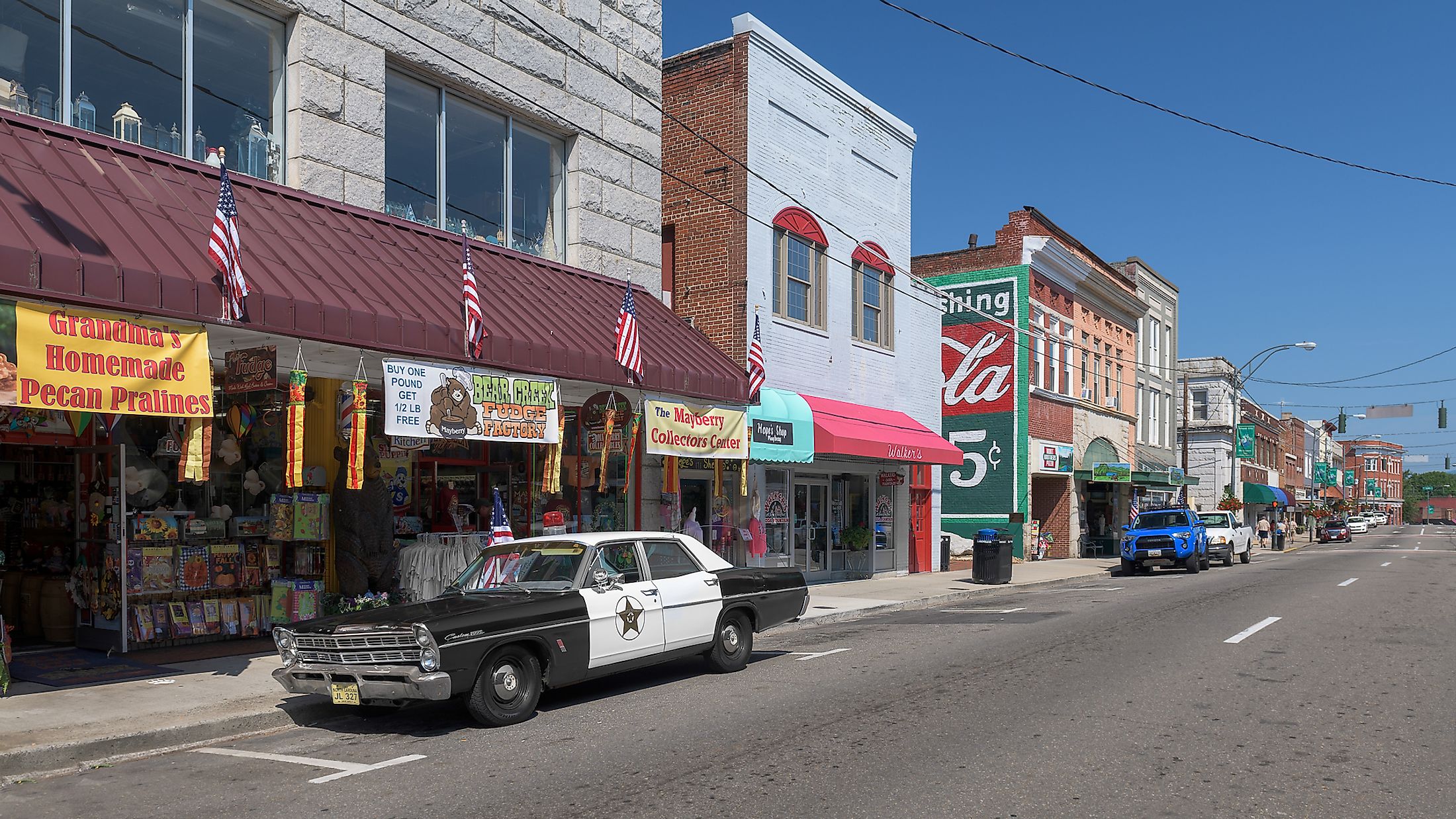
The 7 Most Unique North Carolina Towns
North Carolina, which stretches from the Atlantic Ocean to the Appalachian Mountains and bridges the Mid-Atlantic and Southeastern regions, is full of fantastic small towns that are great places to visit and even better places to live. The "Tarheel State" has communities of all shapes and sizes, from beach towns to mountain hamlets to farming villages.
And if you love unique towns that have something a little different to offer, North Carolina has a lot of fun options. Whether you love wild ponies, pirates, German village architecture, or the Andy Griffith Show, North Carolina has a unique town for you!
Bethania
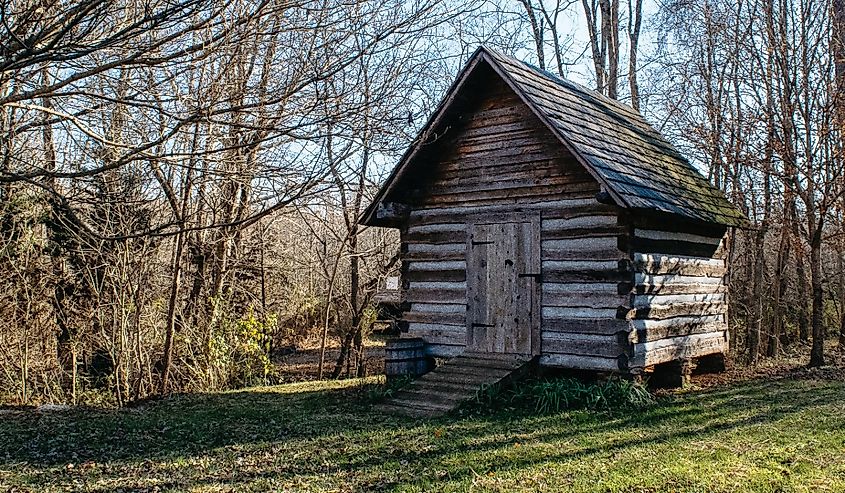
German immigrants founded several towns in colonial North Carolina, including Bethania, in 1759. Yet Bethania looks different from every other German Moravian community in the state, with a long, single line of farmhouses set along large plots of land. Bethania also feels different, in that most of the farmhouses maintain their classic look and are still in use by farm families. Think of Bethania as a historic village that doesn’t need historic re-enactors! Step into the past by taking a walking tour through town, then enjoy a nature walk along the 1.4-mile Black Walnut Bottoms Trail. If you plan to visit in fall, be sure to check out the Black Walnut Festival in mid-September.
Corolla

Corolla is one of the many great beach towns along the North Carolina barrier islands known as the Outer Banks, but it is also the best place to see the distinctive wild horses of the Outer Banks. The wild horses are believed to be the descendants of domesticated escapees from early European explorers, and, while you should keep your distance, wild horse tours are a great way to see these amazing creatures. Corolla is also the gateway into the far northern Outer Banks, where there are no paved roads to access the secluded homes and beaches. So be sure to get fuel and supplies in Corolla before driving out onto the sand!
Mount Airy
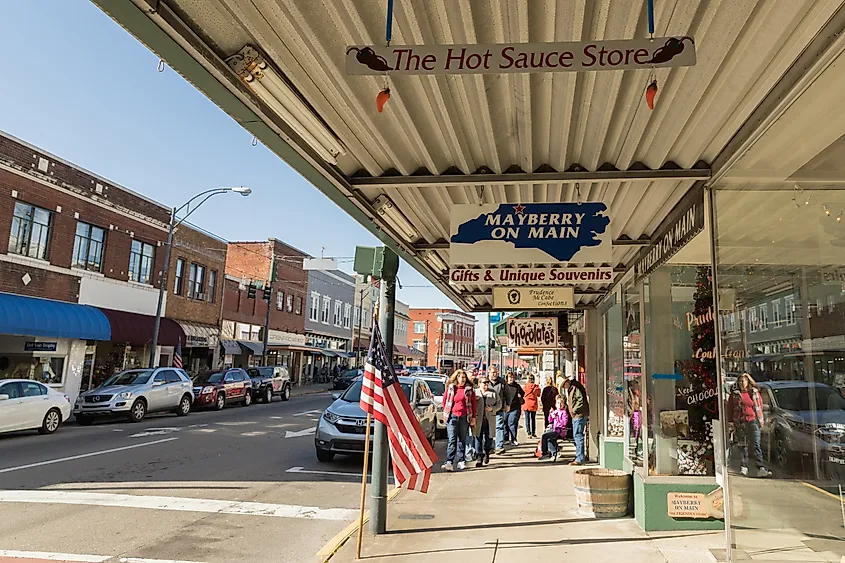
Actor Andy Griffith was born in Mount Airy, and he used memories of his hometown to help develop the fictional community of Mayberry in the 1960s Andy Griffith Show. The real town of Mount Airy has taken this fictional connection and run with it, recreating businesses (like Floyd’s Barber Shop) and mementos from TV’s Mayberry. But, even if you did not grow up whistling along to the classic show’s theme song, visiting Mayberry is a fun step into the past — especially on a driving tour in a 1960s police cruiser! Additionally, Mount Airy takes pride in its reputation as one of the birthplaces of bluegrass music, which can be heard coming from venues like the 1938 Earle Theatre.
Black Mountain
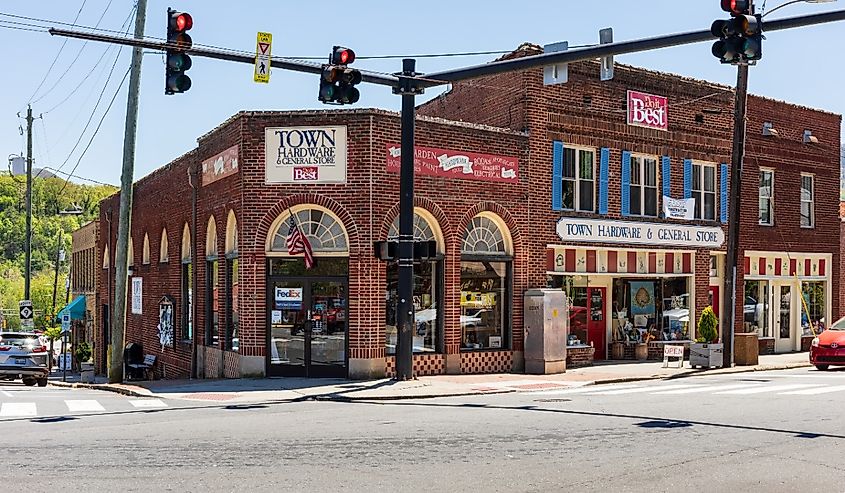
The city of Asheville is rightly regarded as a gem of North Carolina’s Blue Ridge Mountains, while one of its fellow communities in Buncombe County, Black Mountain, is less well known. However, in many respects, Black Mountain has Asheville’s eclectic, independent, lively spirit, but in a smaller package. Despite only having about 8,000 residents, Black Mountain maintains an active and diverse arts and culture scene, at venues like the Black Mountain Center for the Arts and events like the Lake Eden Arts Festival. Meanwhile, the busy and historic downtown corridor hosts a diverse group of local businesses like Bella Gallery (artwork), Europa (pottery), Periwinkles (women’s clothing), and Black Mountain Yarn Shop.
New Bern
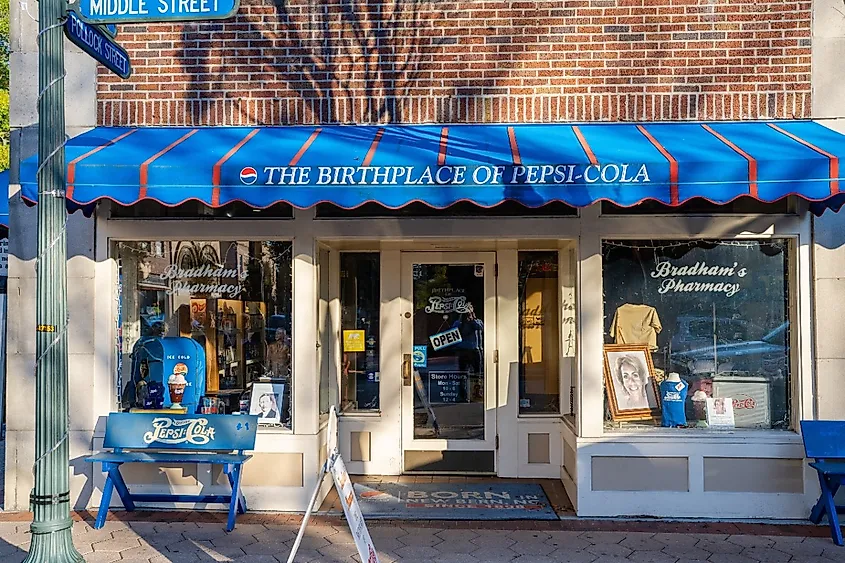
What makes New Bern unique? It is the only town in North Carolina that can claim to be both a former state capital and the birthplace of Pepsi. You can visit the pharmacy where Pepsi-Cola was invented in 1898, as well as explore the historic streets that reflect New Bern’s prior importance as a port town at the confluence of the Trent and Neuse Rivers. The town’s waterfront is now a hotspot for sightseeing and entertainment instead of commerce, with Union Point Park offering great water views and hosting concerts and festivals. Tryon Palace, located adjacent to downtown, is another must-see. It is the rebuilt colonial governor’s mansion with opulent formal gardens.
Bath
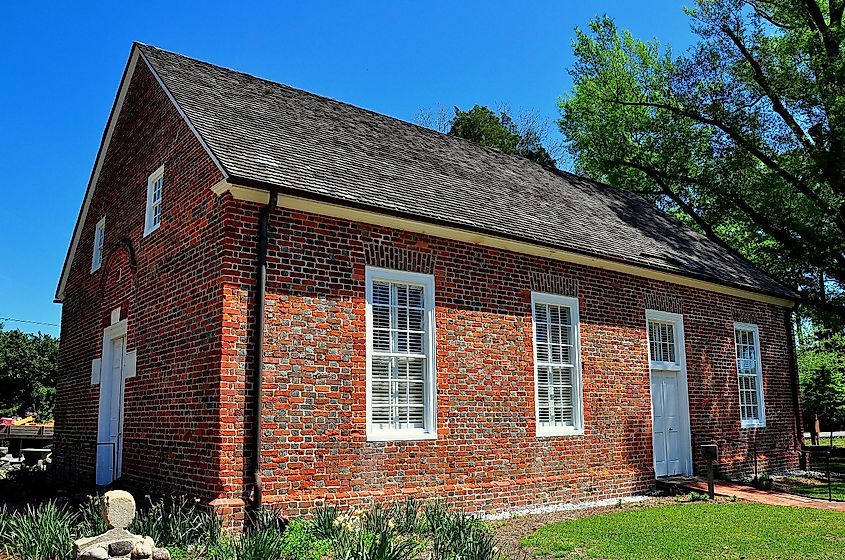
Bath, which has sat along the Pamlico River near its opening into Pamlico Sound since 1705, has the distinction of being the oldest existing town in North Carolina. While Bath spent time as a state capital, Bath also has a quirkier historical connection as a hideout for the infamous buccaneer Blackbeard. Historic Bath, a state historic site with buildings restored to their colonial-era appearance, offers walking tours that delve into the town’s history, both political and pirate-related. The rest of the town also maintains a distinctive colonial-era feel but offers modern shopping and entertainment options. The picturesque marshlands of Goose Creek State Park are also just a 15-minute drive away.
Edenton
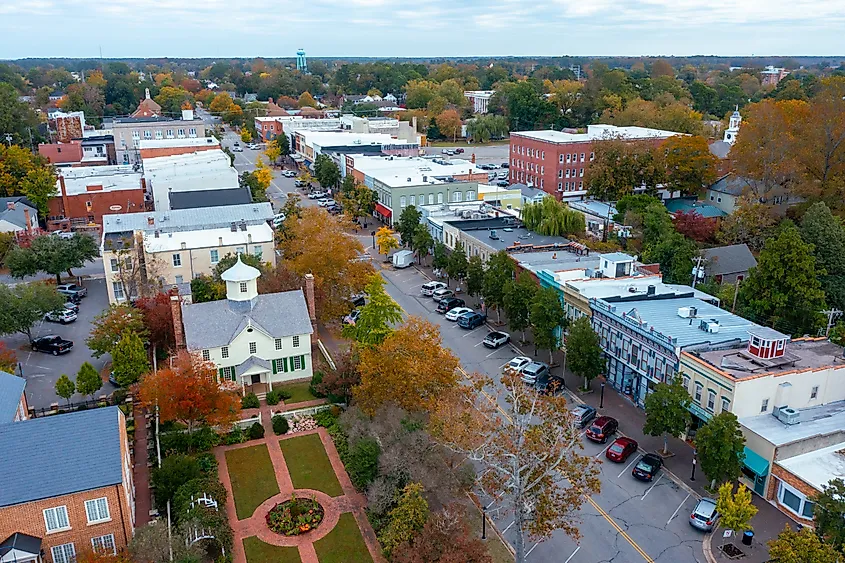
If you think Boston had the only "tea party" protest against British taxation in the years leading up to the American Revolution, check out Edenton! Take a walking tour and learn the history of this North Carolina town’s own 1774 protest. While short on raucous tea parties today, Edenton remains a beautiful port town along the stunning waters of Albemarle Sound. During your walking tour (or one of the town’s popular trolley tours), be sure to check out architectural highlights like the 1767 courthouse and the 1886 Roanoke River Lighthouse. While the English were thinking more practically when they first settled here in 1658, Edenton’s unmatched charm and beauty have kept people coming back for centuries.
North Carolina is one of America’s fastest-growing states, with bustling cities like Charlotte continuing to expand. But North Carolina is still made up primarily of rural areas and small towns, many of which have managed to maintain their unique character and charm. Hopefully, these distinctive communities won’t change too much as the state continues to grow and develop, but play it safe and book your trip to explore North Carolina’s unique towns sooner rather than later!
